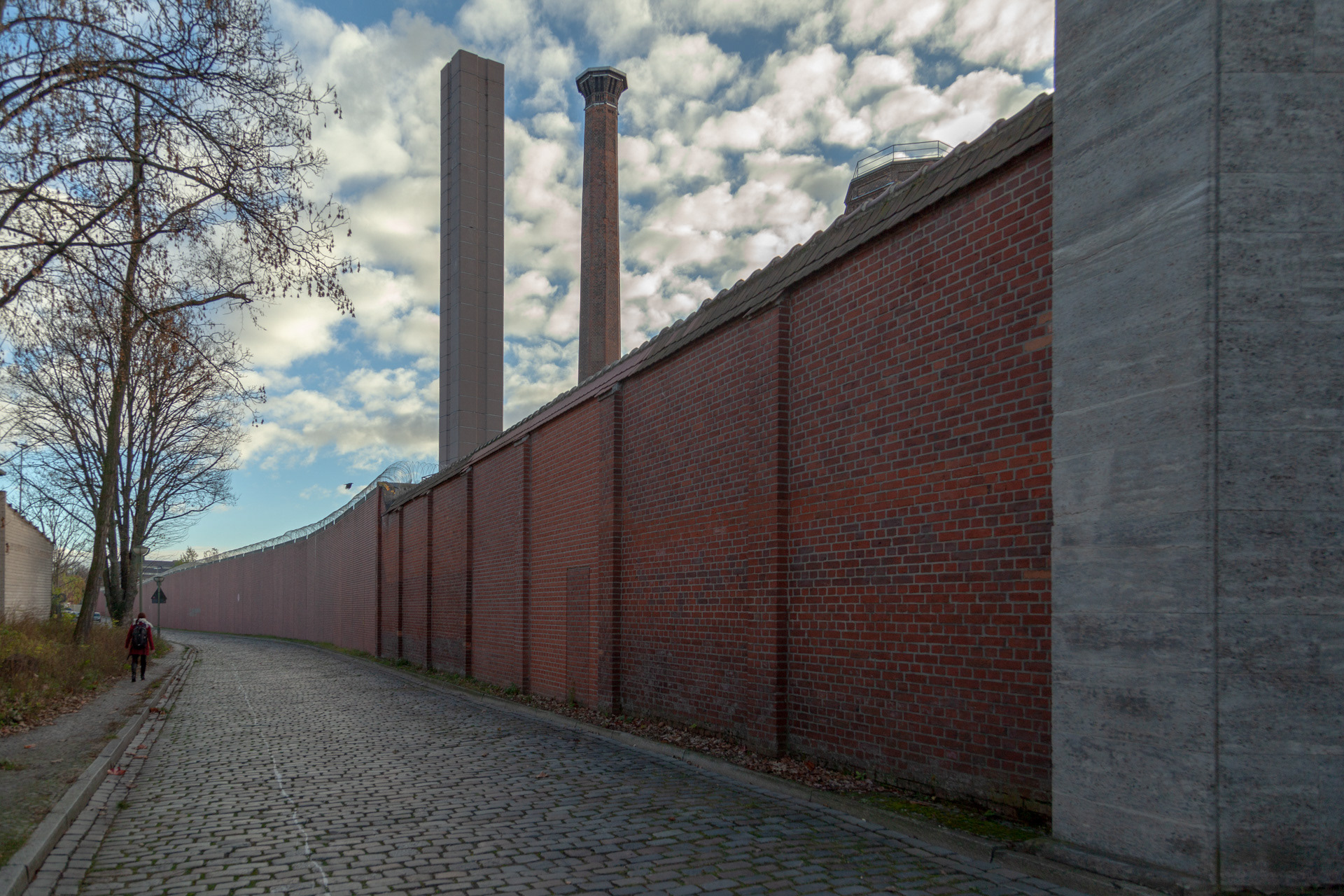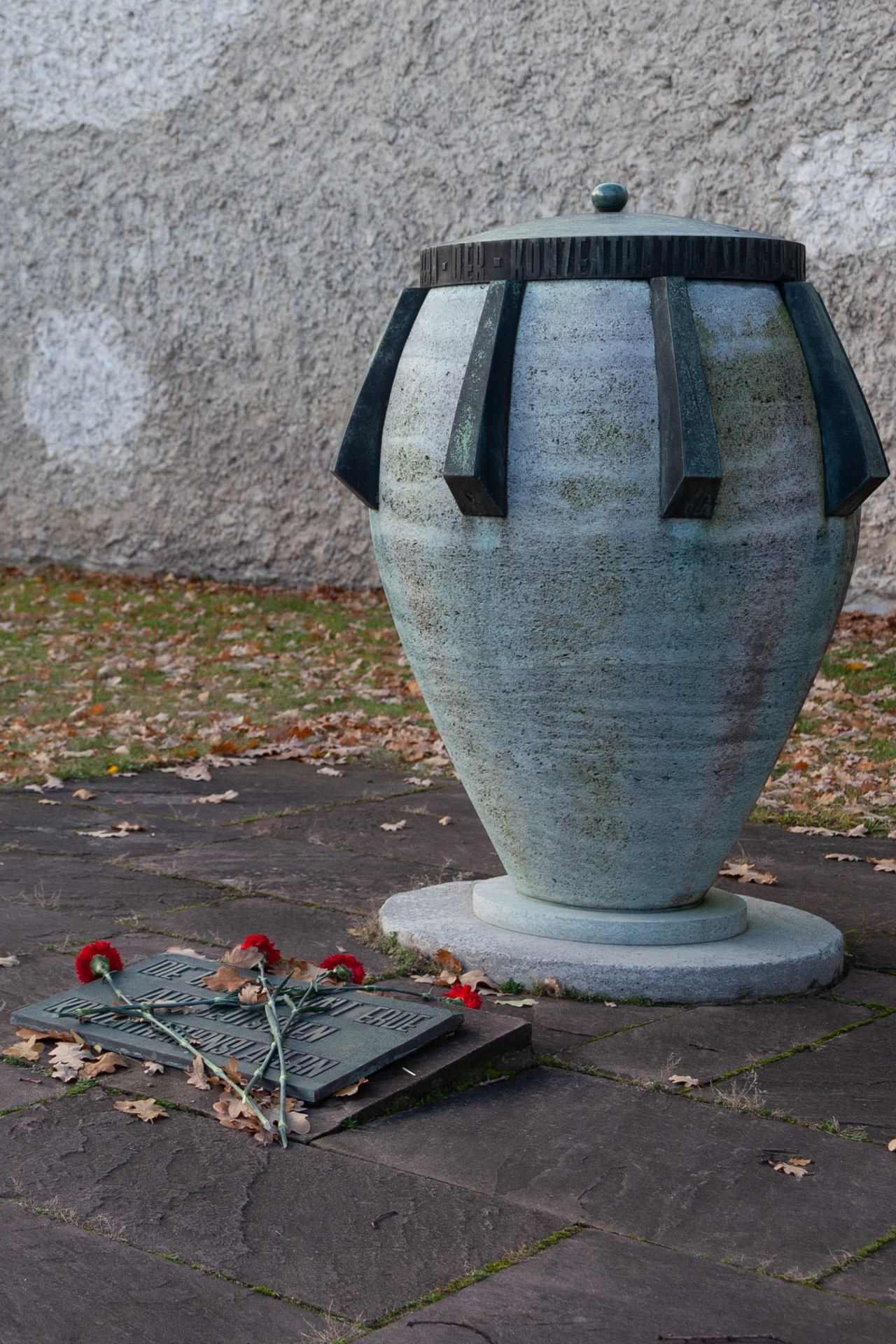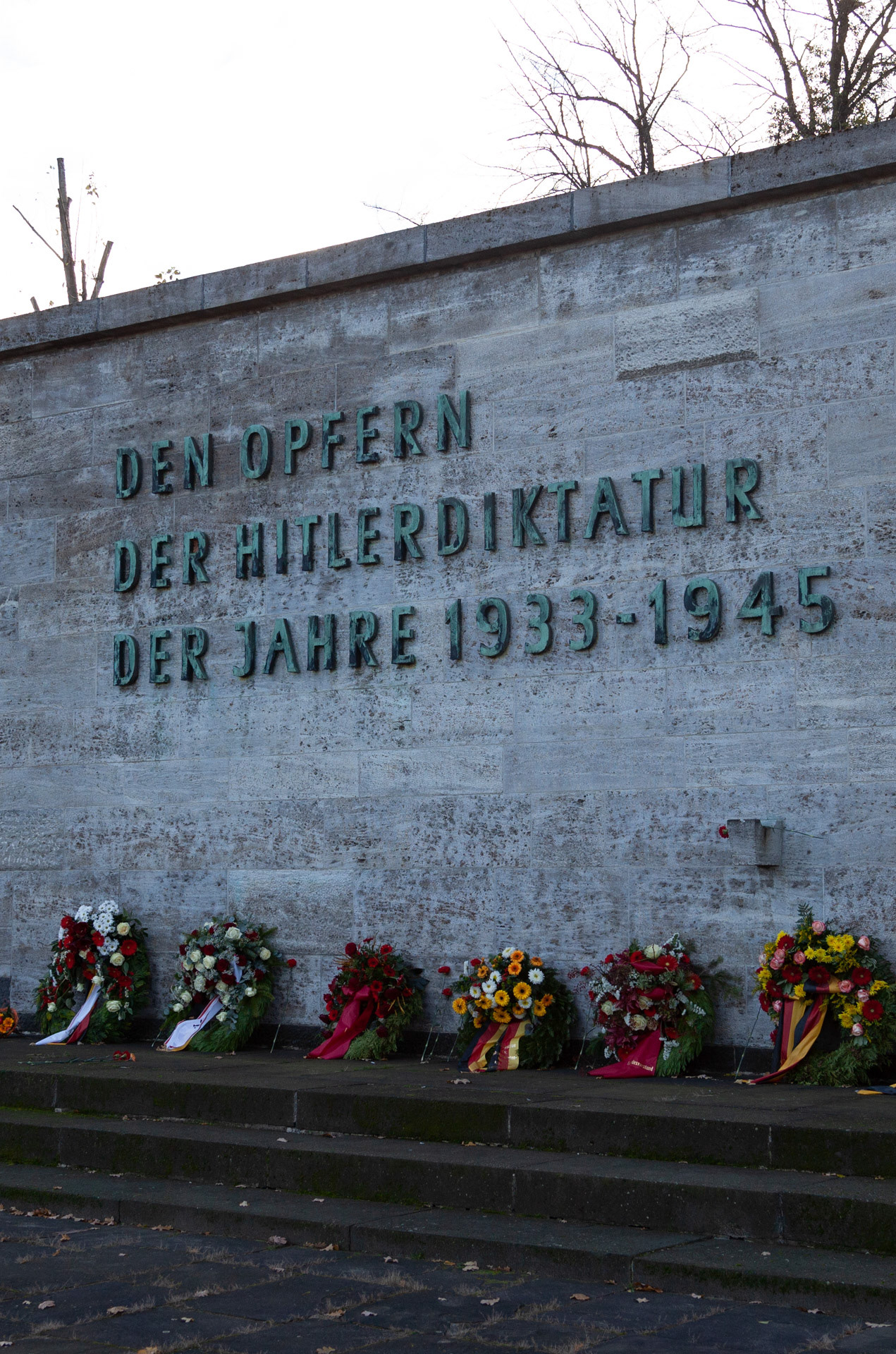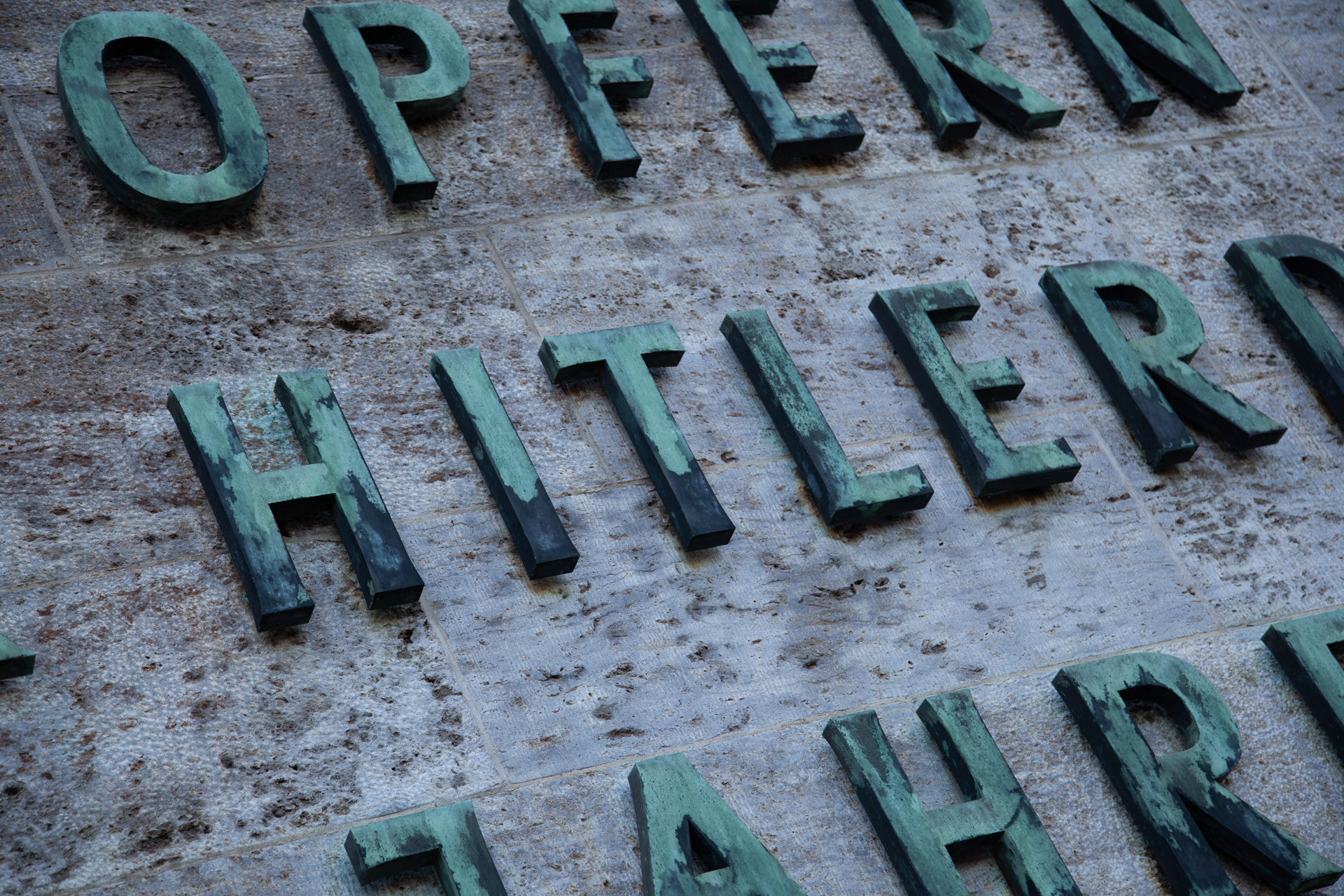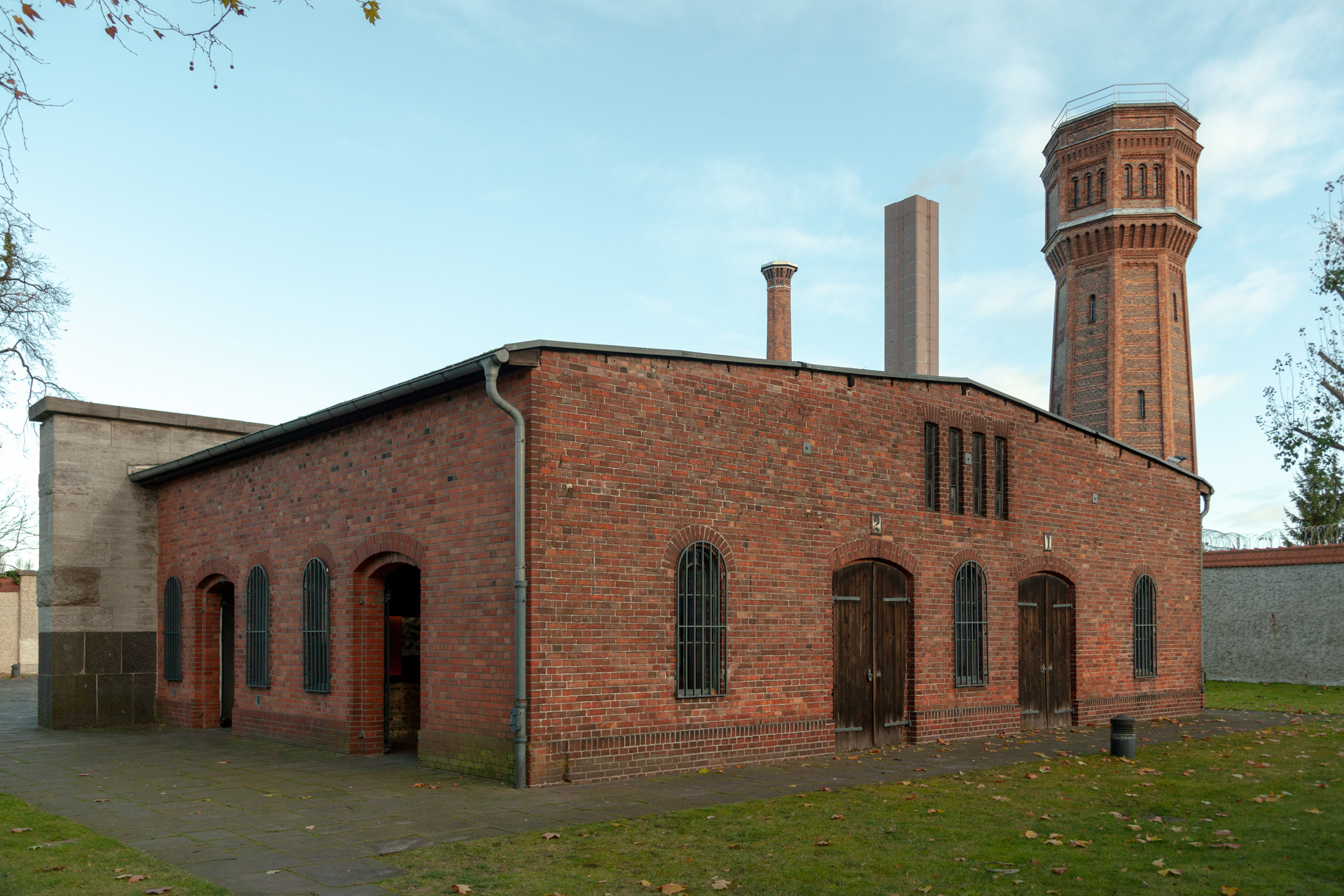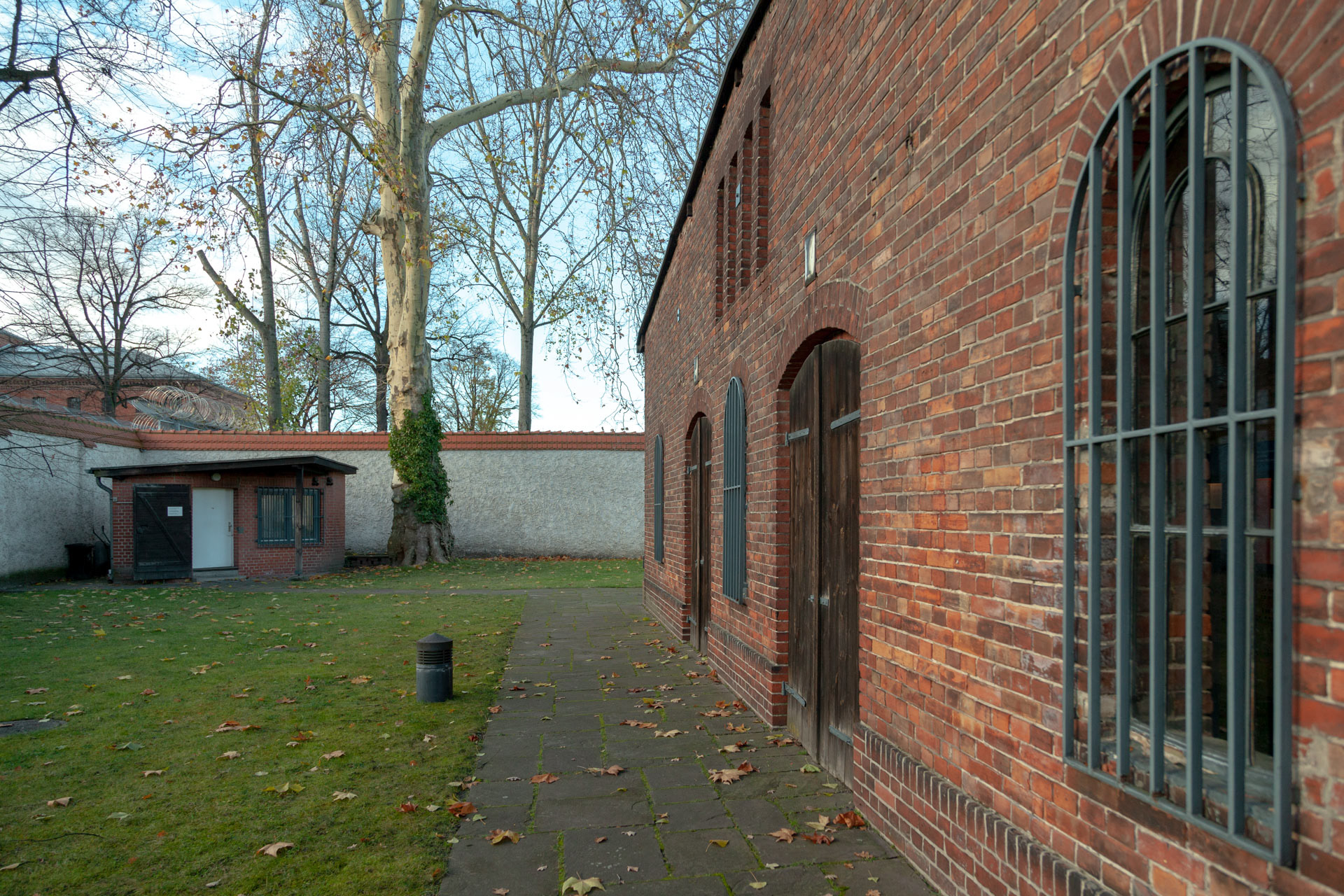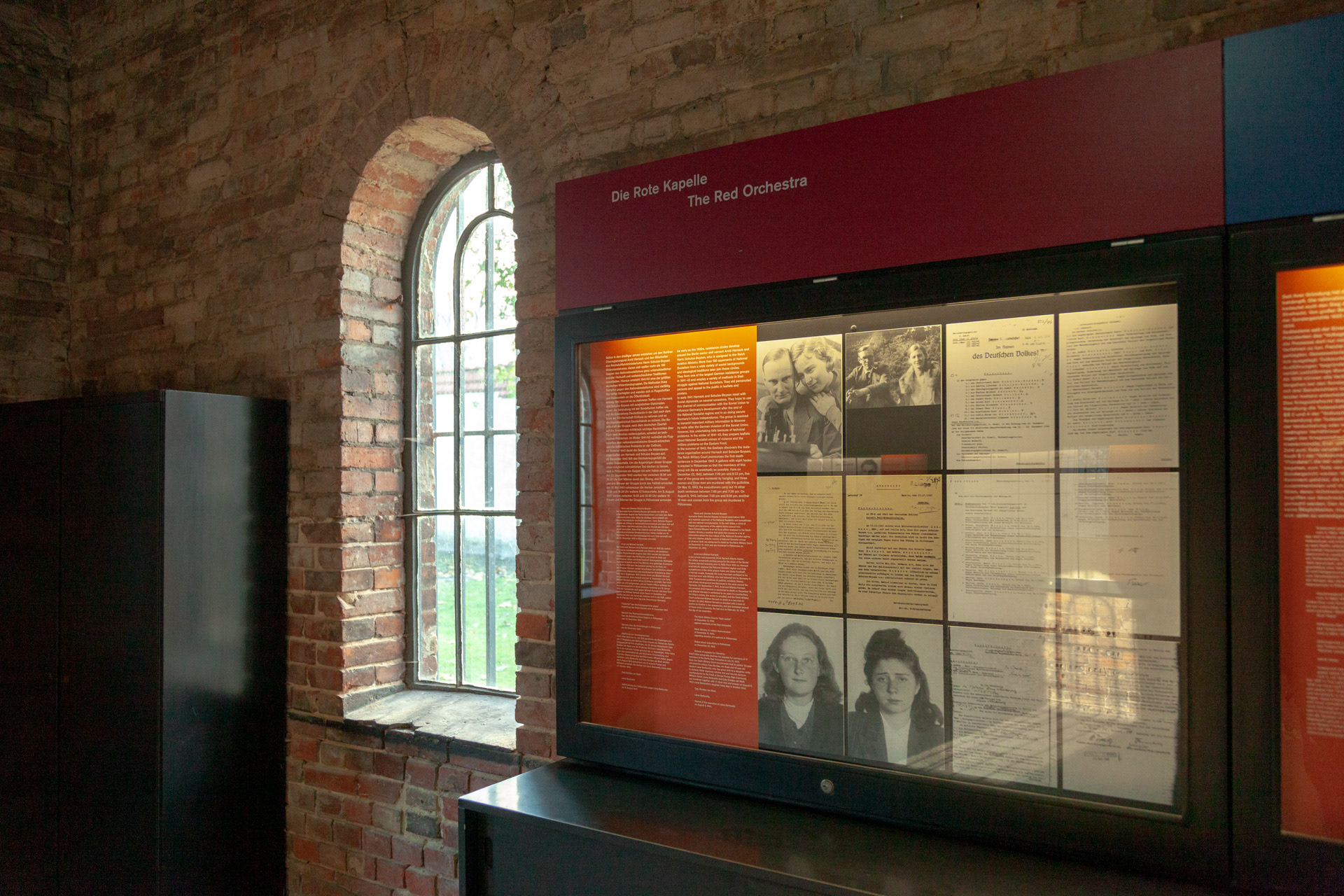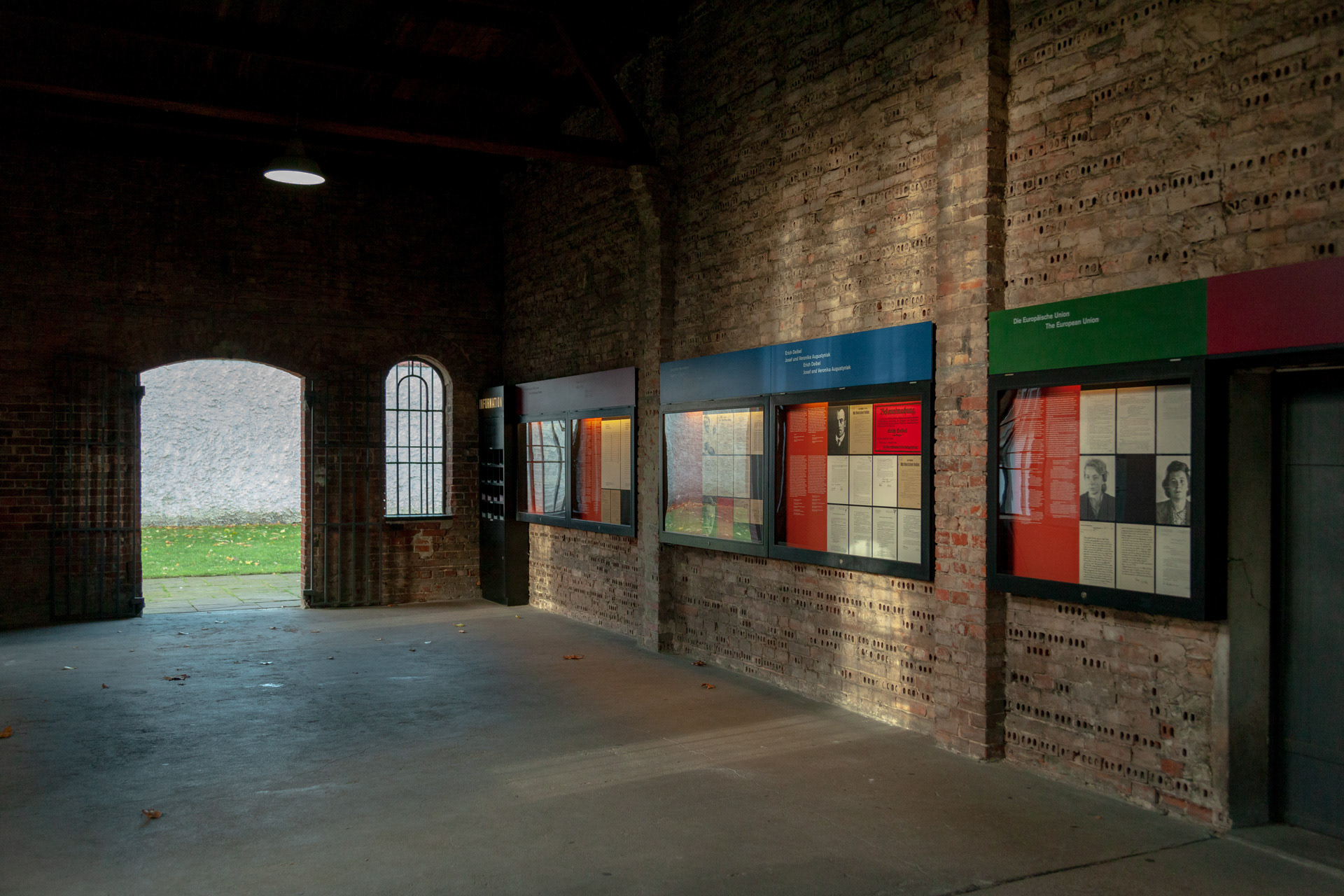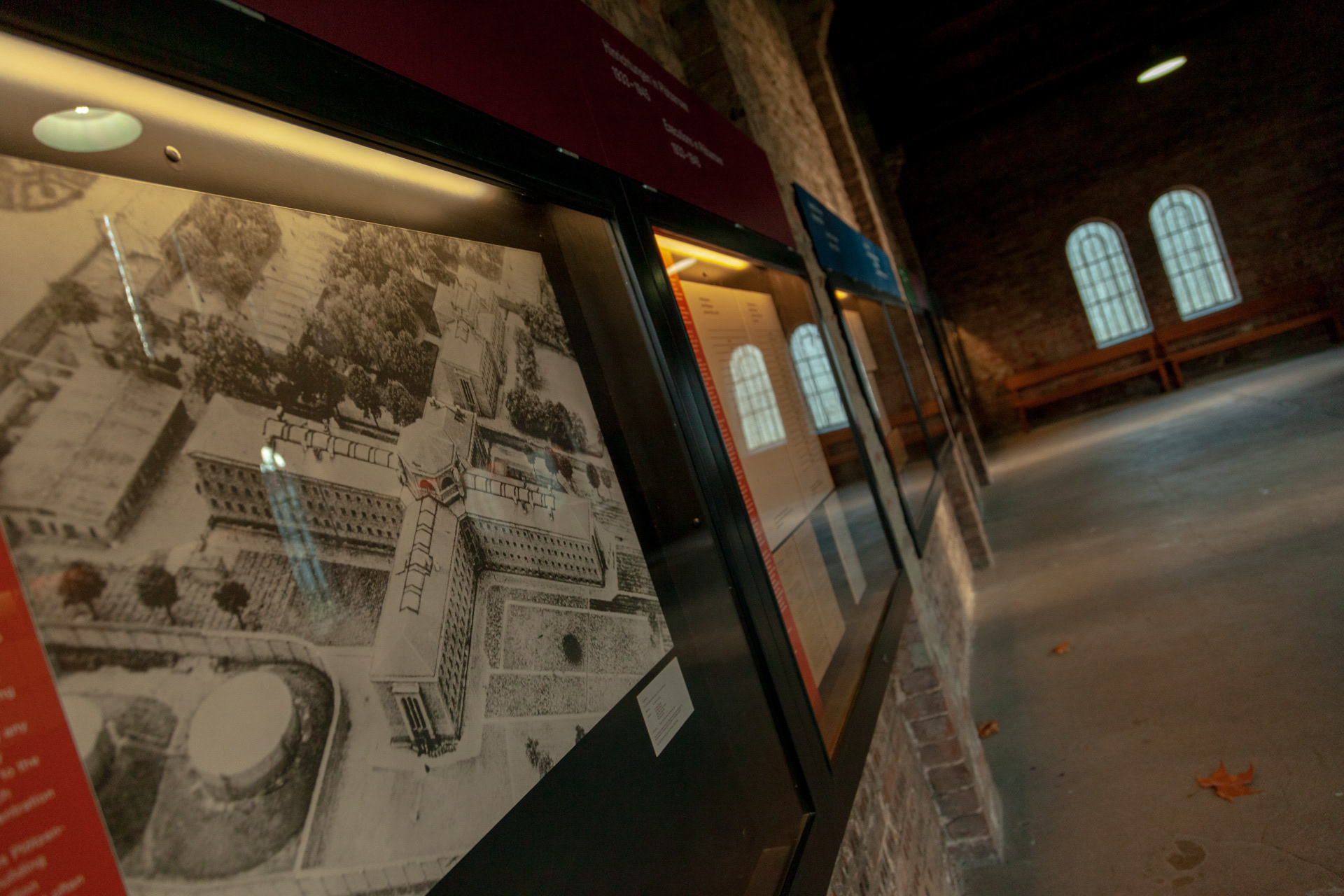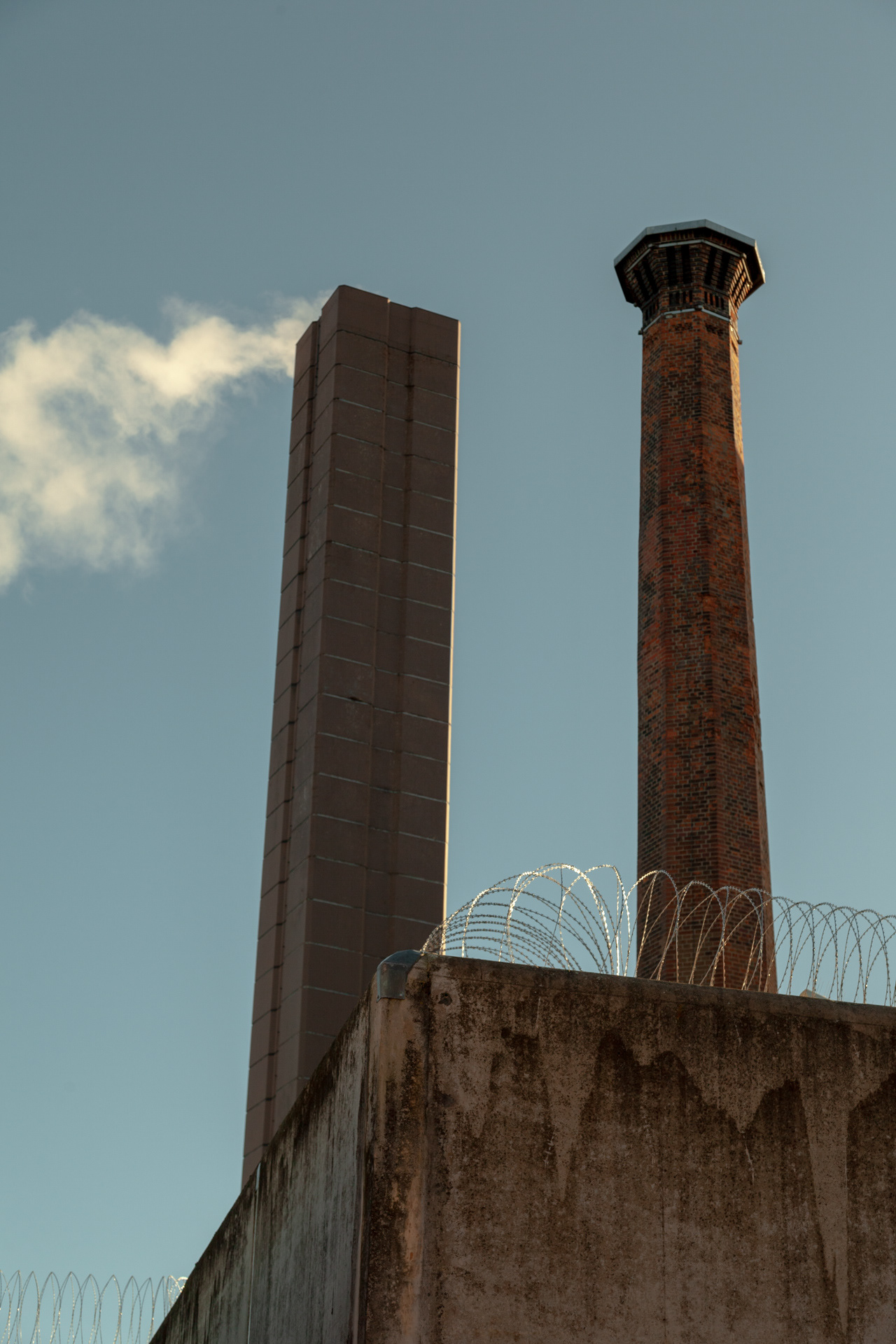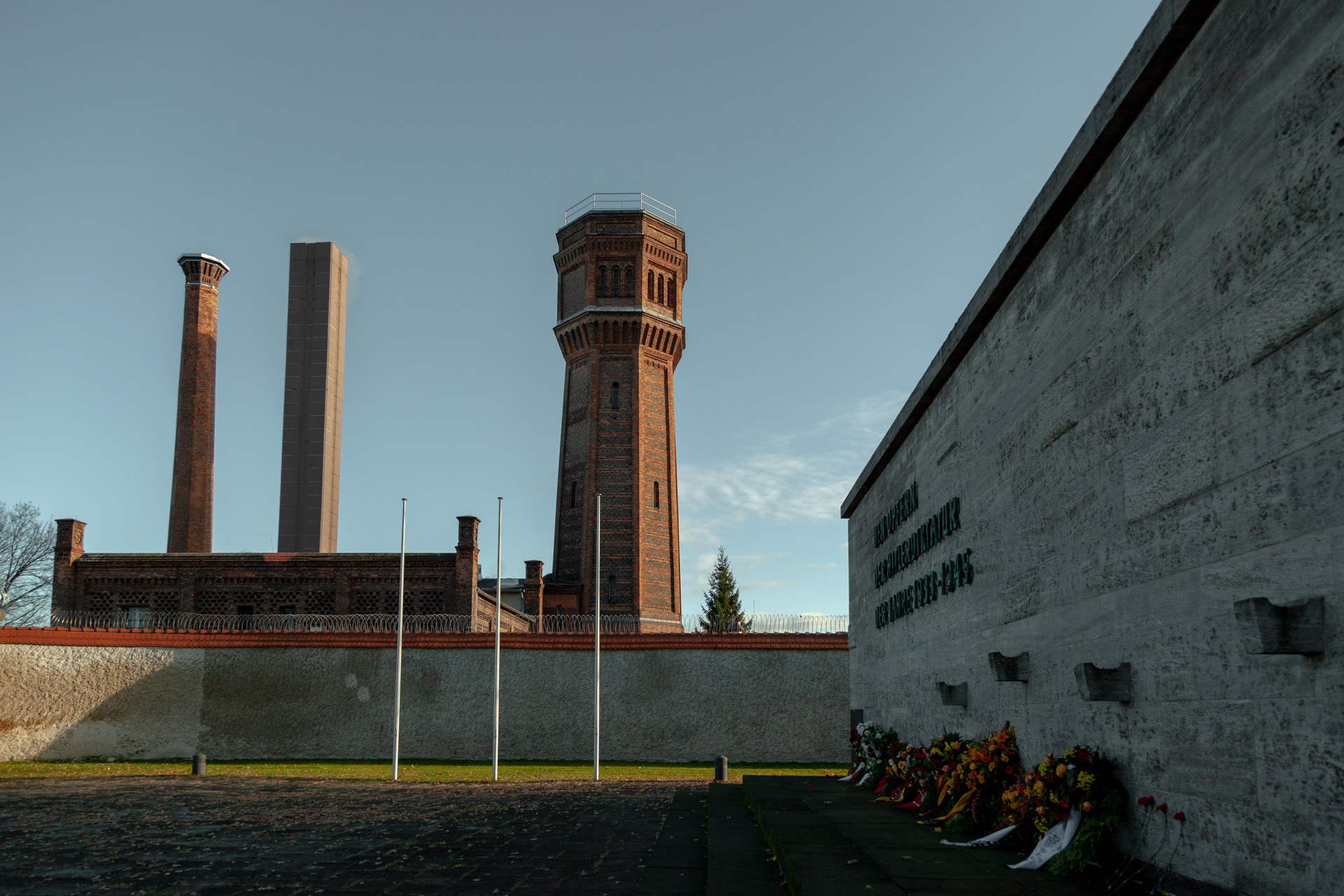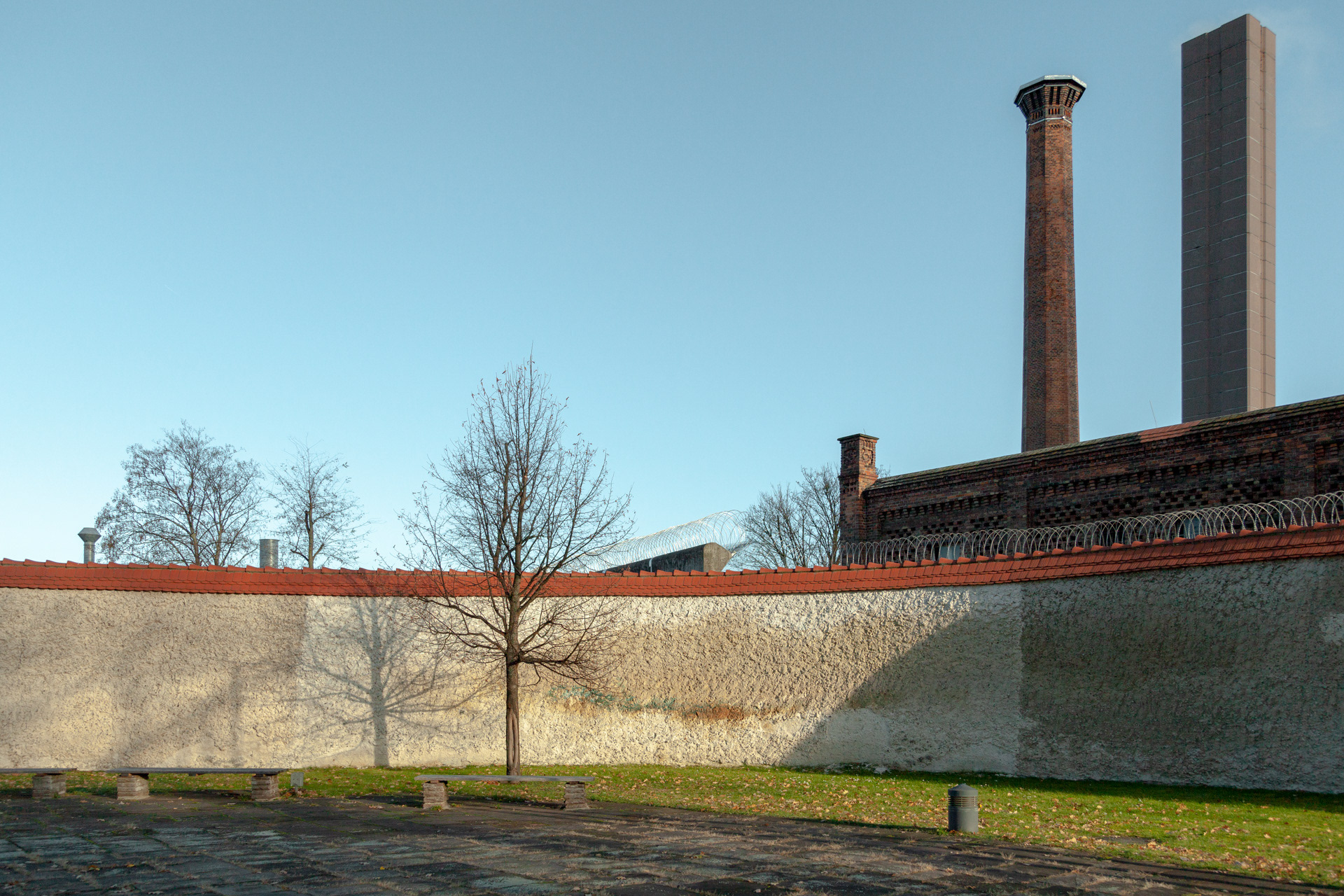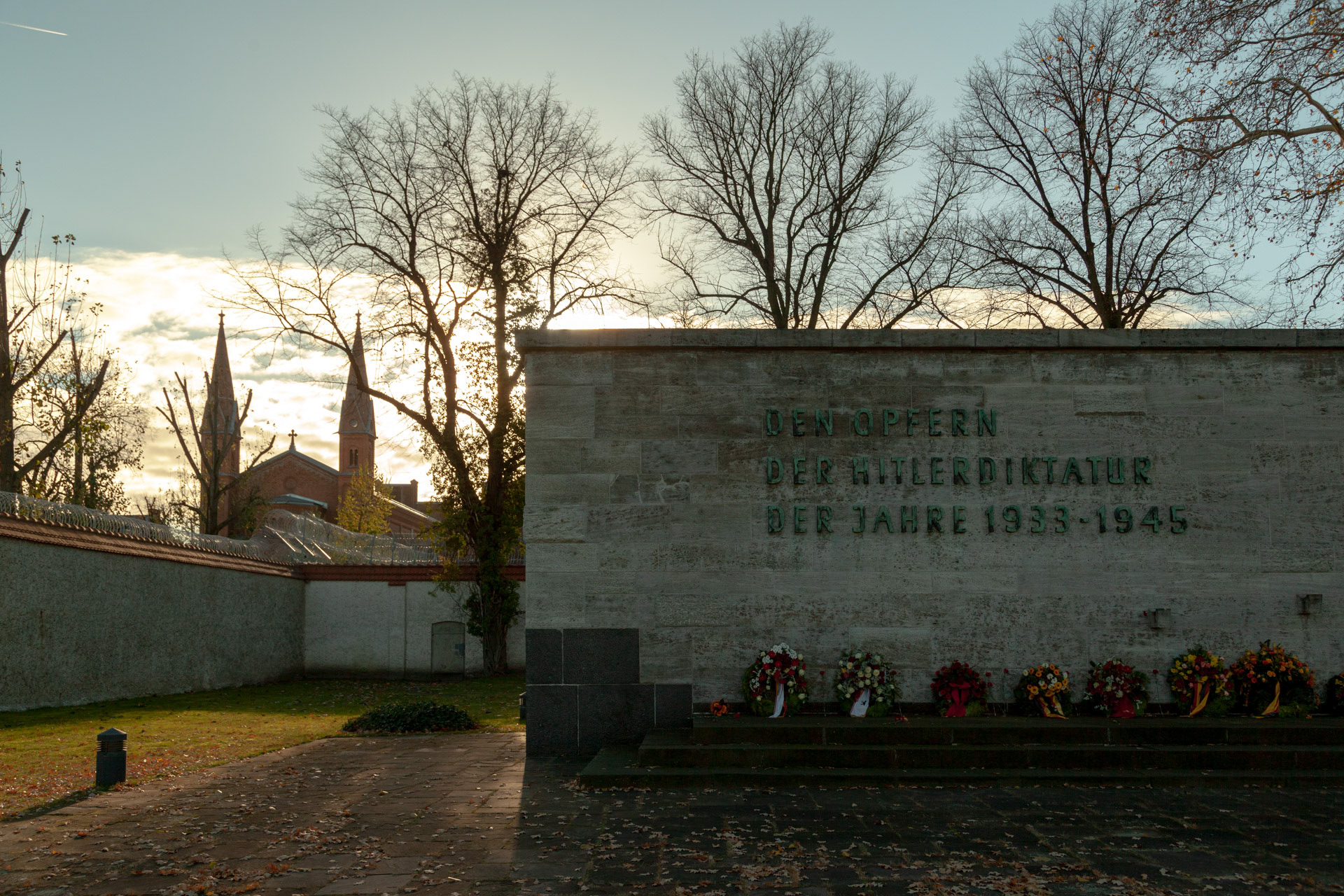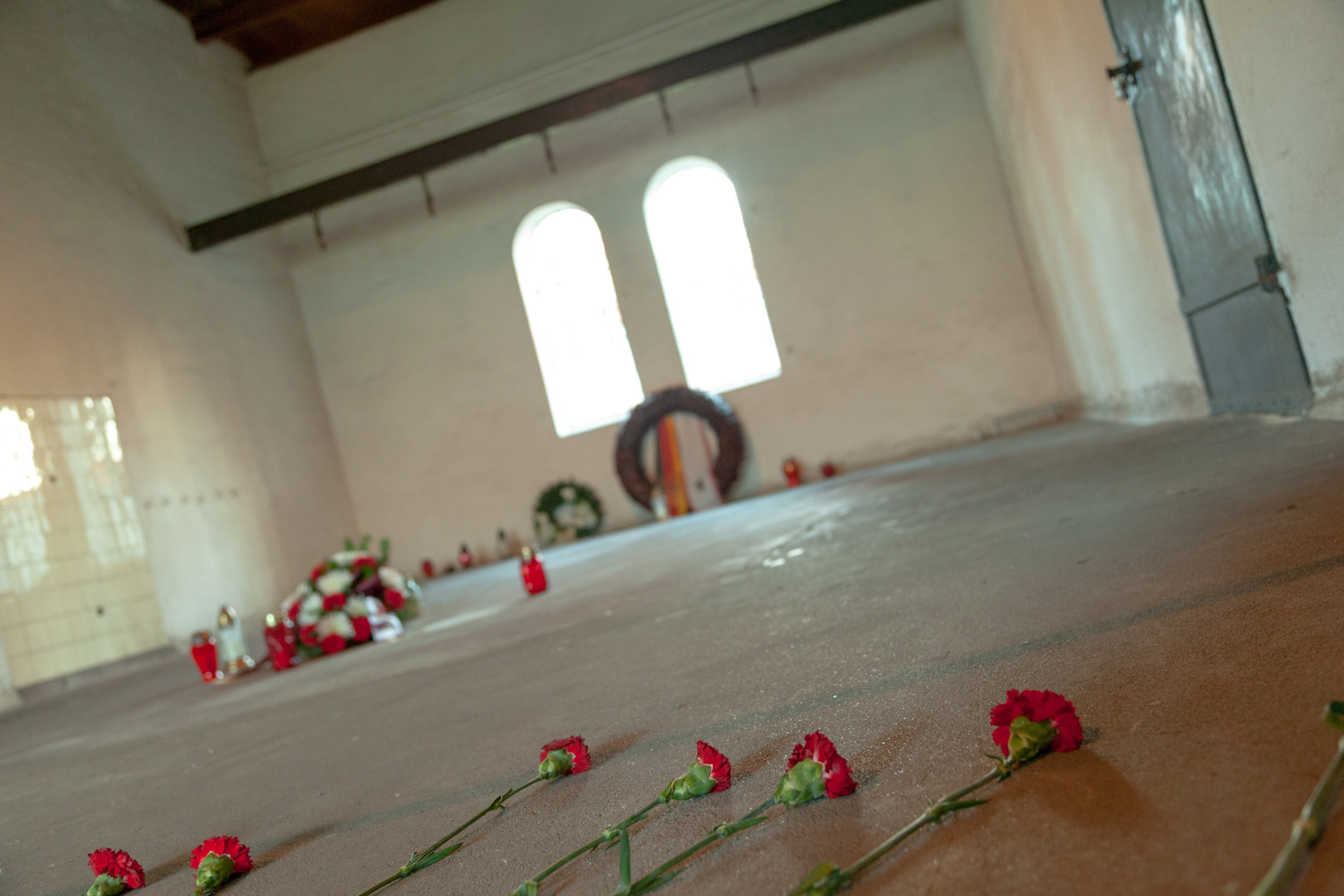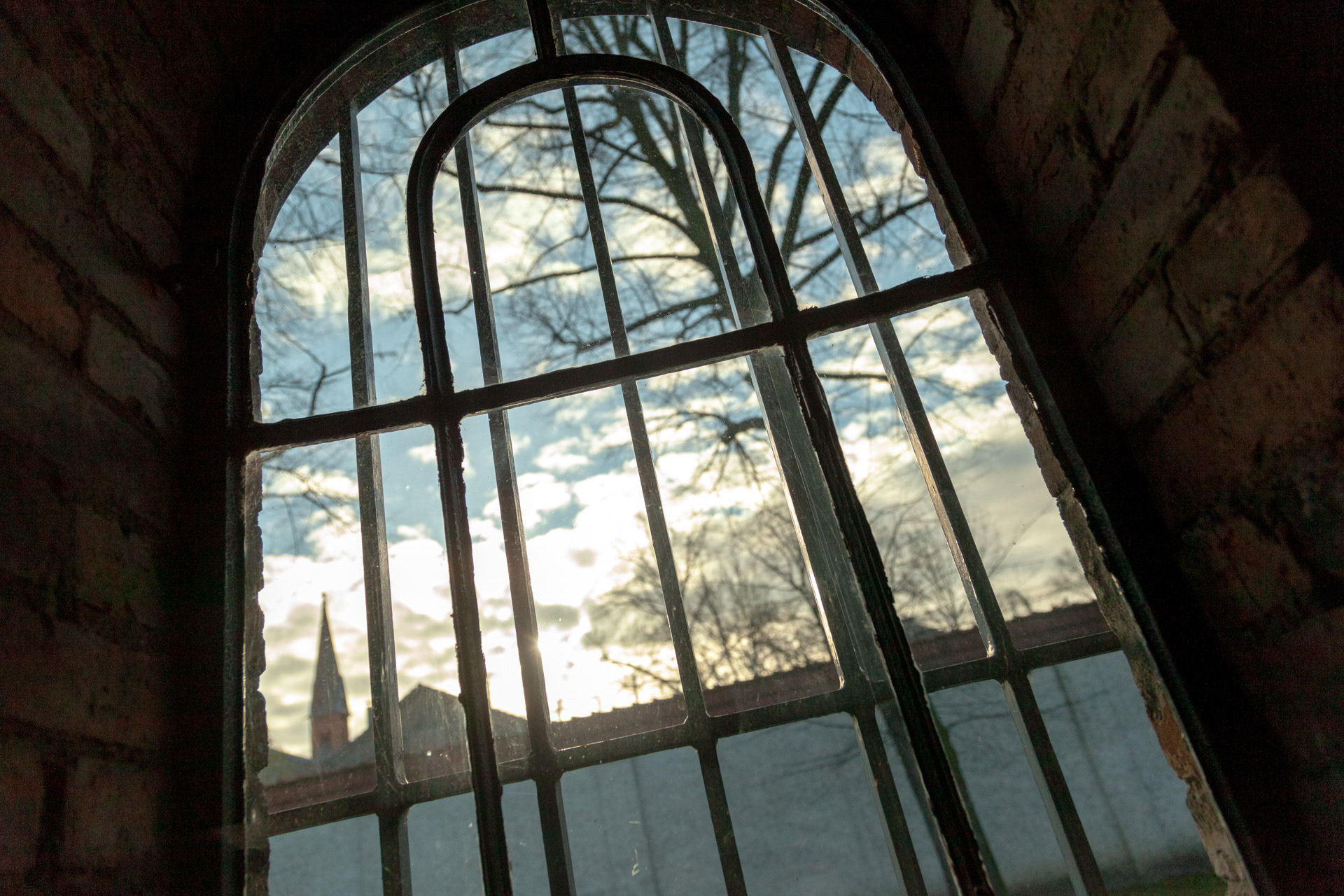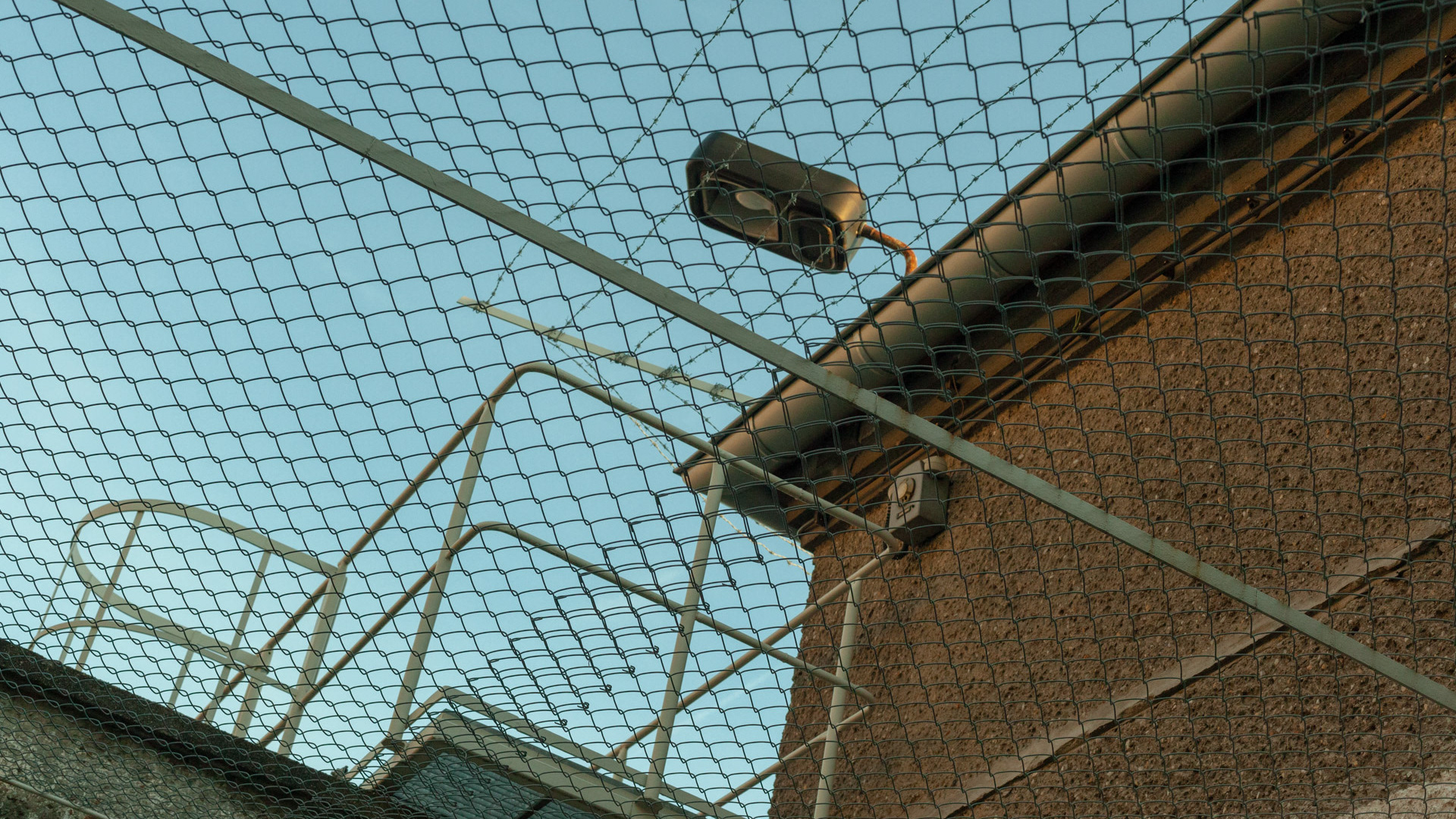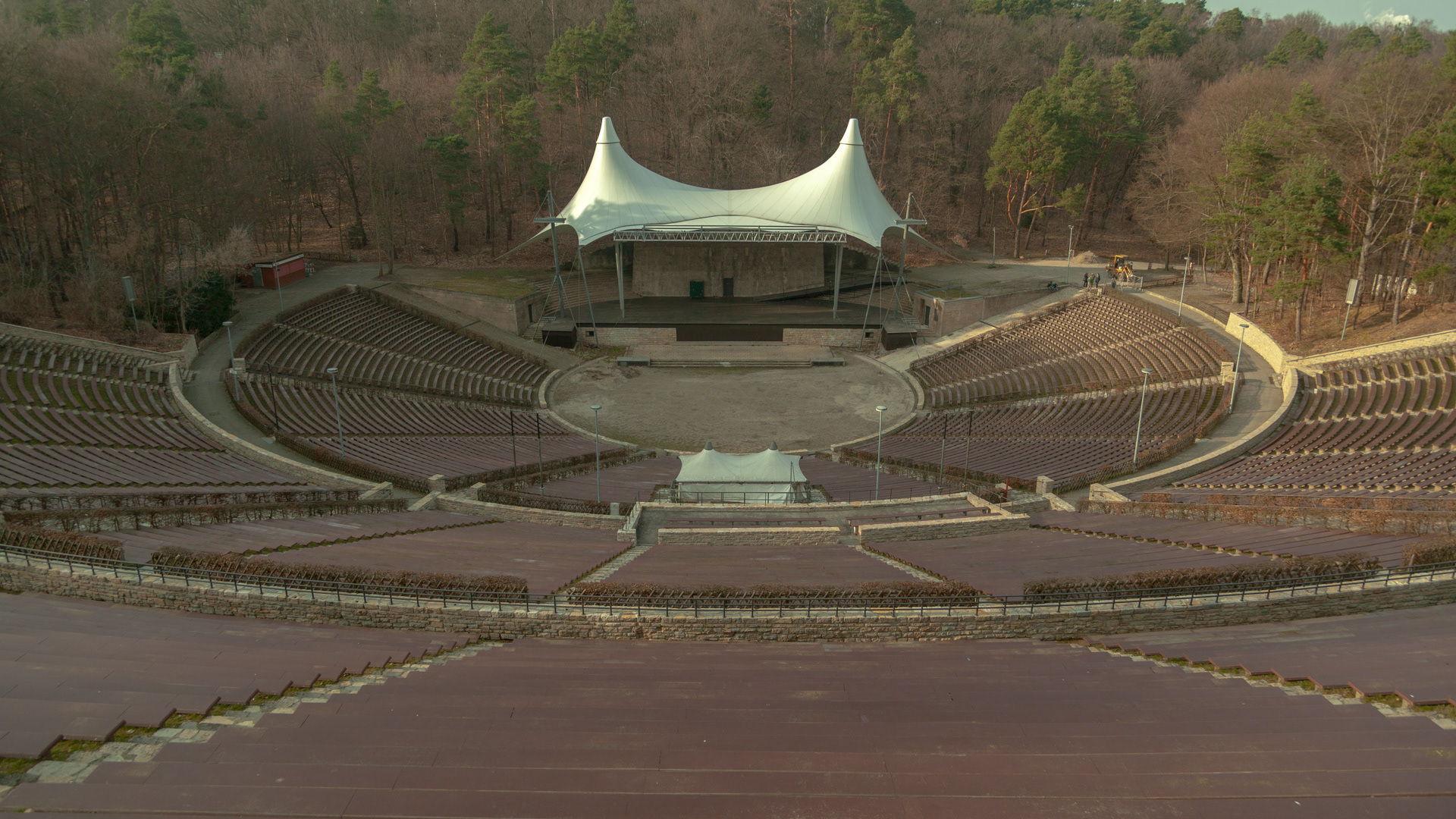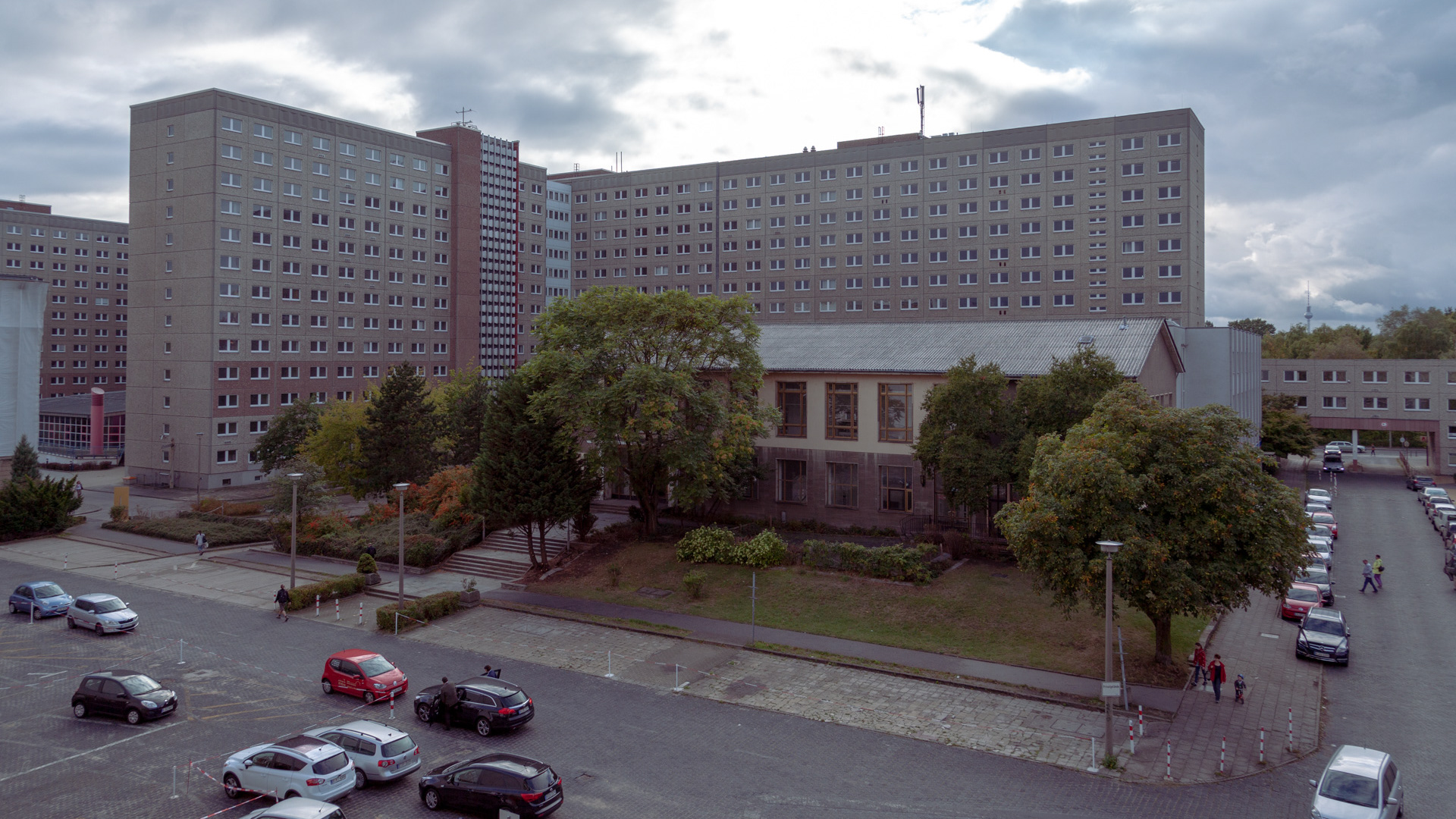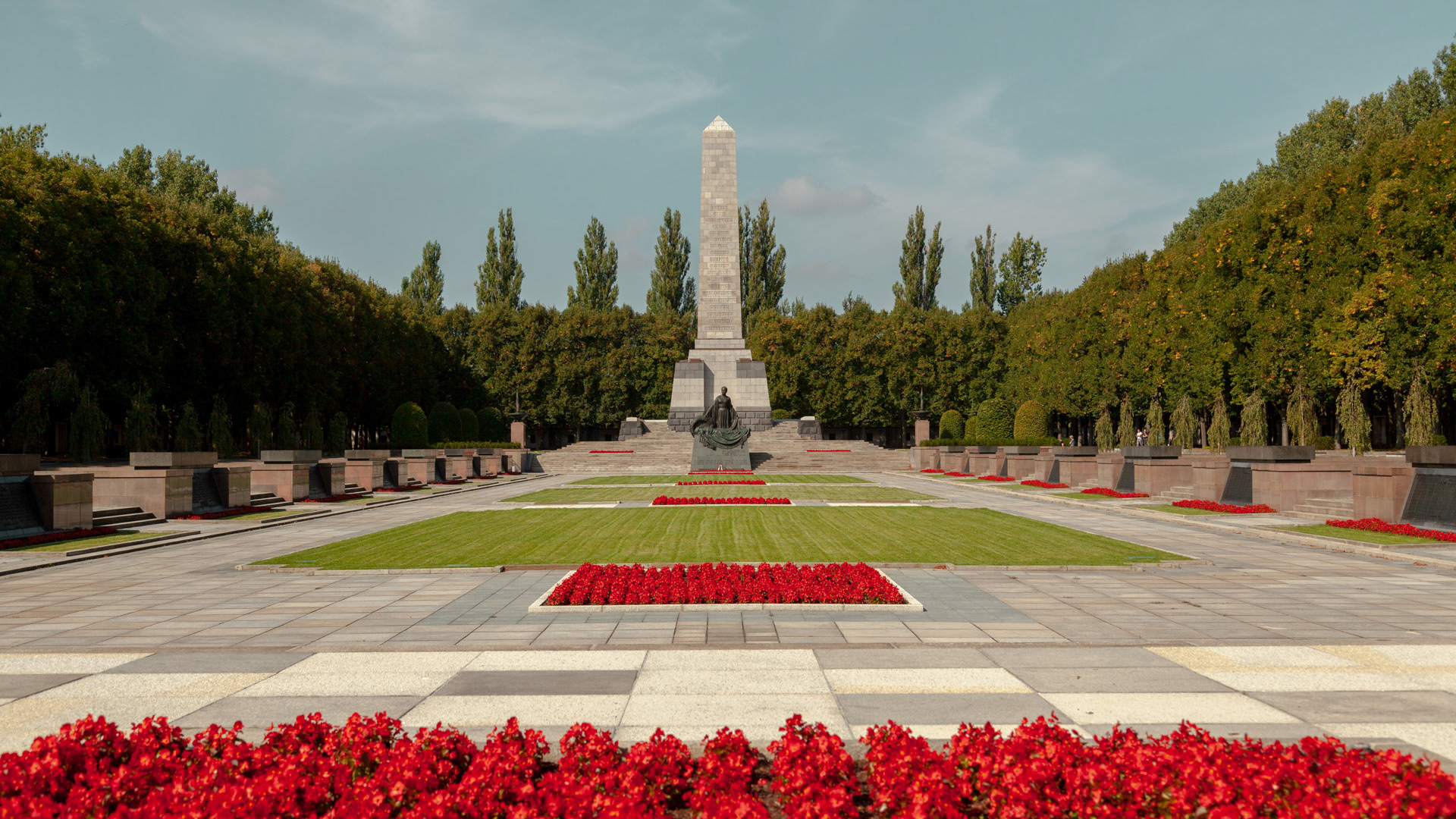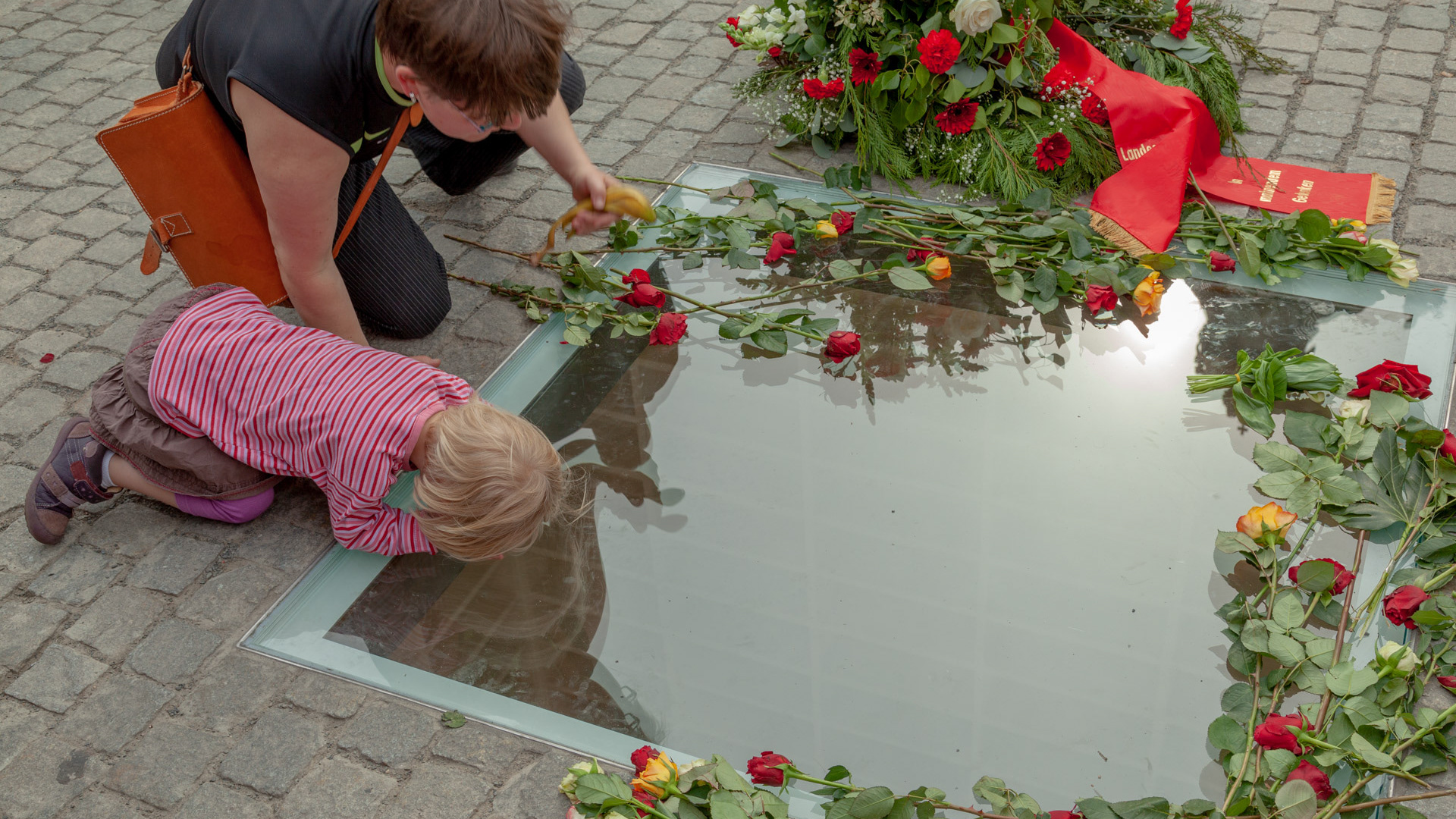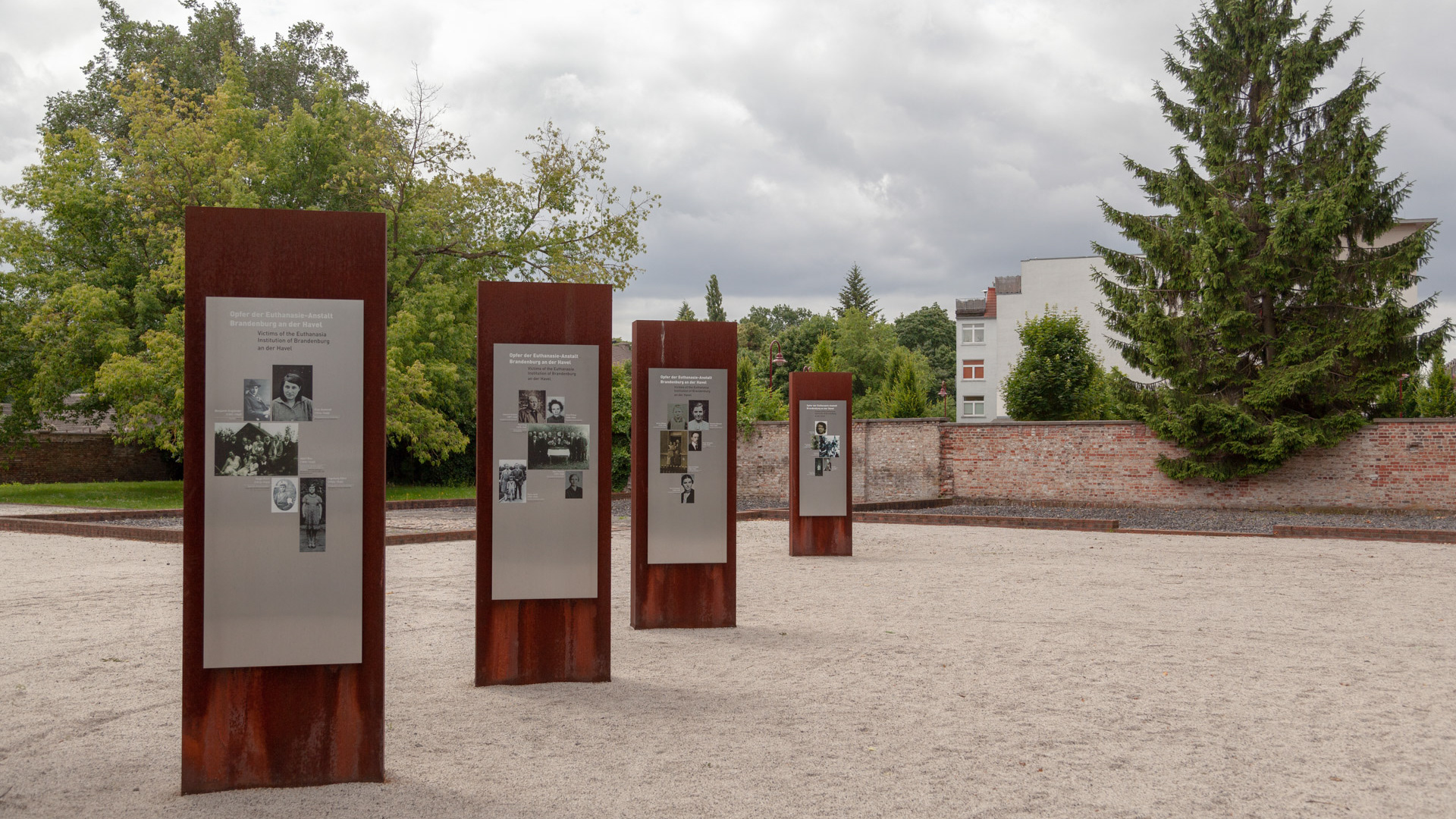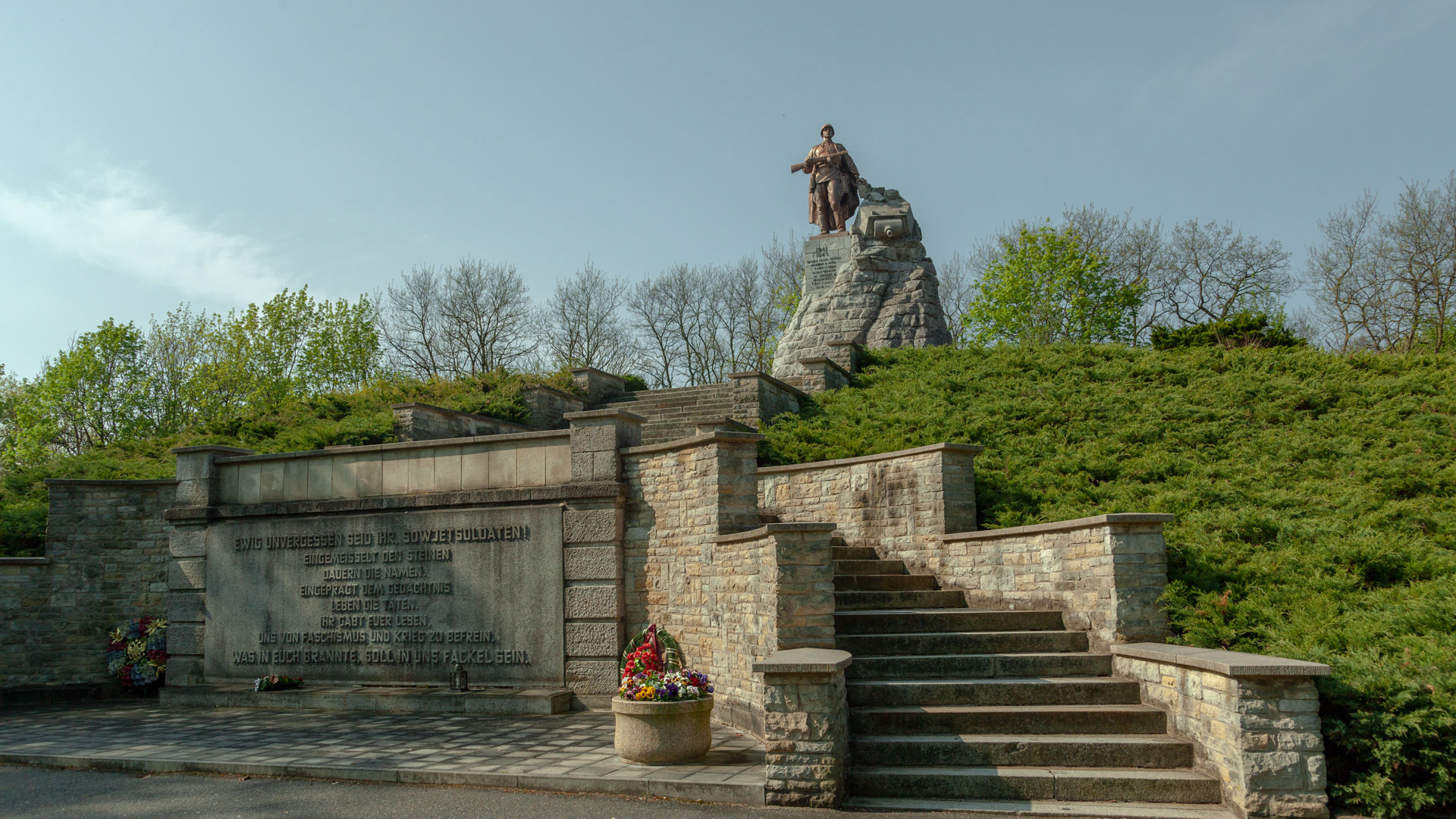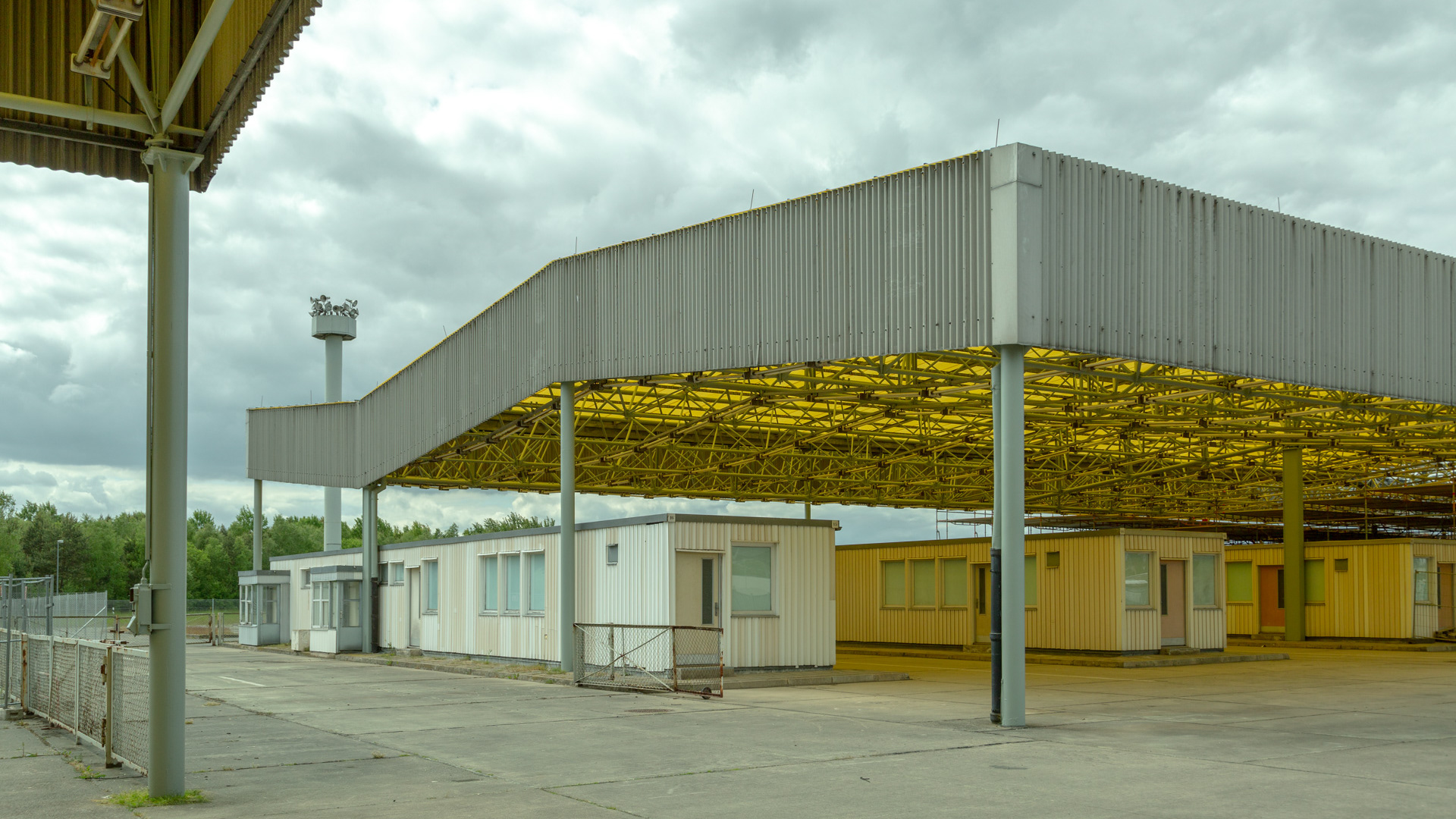The story of this prison starts before the Nazi time, in 1868, but we know it for the stories of people at that time, expecially when the penal law was again tightened in WWII and Plötzensee, together with other 10 prisons, became also responsible for the execution of Wehrmacht members according to German military law. The convicts were beheaded by a stationary guillotine, from 1942 also by hanging and the bereaved were obliged to pay for the execution charge of 300 Reichsmarks.
After an RAF air raid in 1943 irreparably damaged the guillotine and destroyed large parts of the prison buildings, 250 people waiting in rows of eight were hanged during the so-called Plötzensee Bloody Nights from 7 to 12 September. The last execution was carried out till April 1945 and the remaining inmates were liberated by the Red Army in the course of the Battle of Berlin.
Onto the execution room a memorial wall was built "To the Victims of Hitler's Dictatorship of the Years 1933–1945". Among the others in this prison died Otto and Elise Hampel, the inspiration for Hans Fallada's 1947 protest novel, "Every Man Dies Alone" (Alone in Berlin).
After an RAF air raid in 1943 irreparably damaged the guillotine and destroyed large parts of the prison buildings, 250 people waiting in rows of eight were hanged during the so-called Plötzensee Bloody Nights from 7 to 12 September. The last execution was carried out till April 1945 and the remaining inmates were liberated by the Red Army in the course of the Battle of Berlin.
Onto the execution room a memorial wall was built "To the Victims of Hitler's Dictatorship of the Years 1933–1945". Among the others in this prison died Otto and Elise Hampel, the inspiration for Hans Fallada's 1947 protest novel, "Every Man Dies Alone" (Alone in Berlin).
